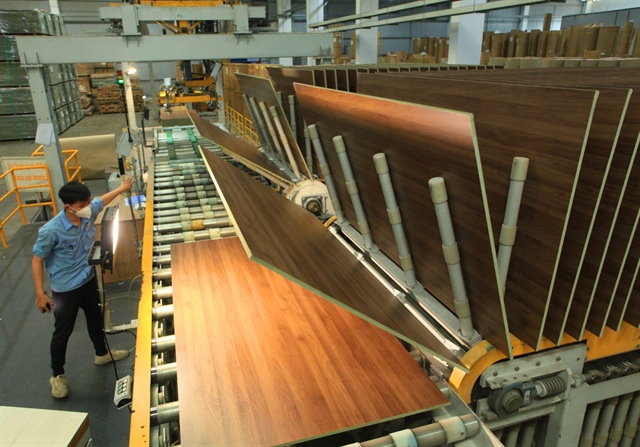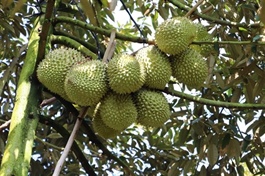New tariff pressures spark structural shift in Vietnam’s timber sector
New tariff pressures spark structural shift in Vietnam’s timber sector
Facing mounting tariff pressure from the United States, Vietnam's wood industry is navigating a critical juncture, seeking to adapt, restructure, and maintain its hard-earned position in one of its most important export markets.

Photo: Le Toan |
Wood and wood products are among Vietnam’s top export sectors to the United States. Last year, the export value of Vietnamese wood products to this market exceeded $9 billion, accounting for 38–40 per cent of the total US import volume for this product group, according to Ngo Sy Hoai, vice chairman and general secretary of the Vietnam Timber and Forest Products Association (VIFORES). This positions the industry as one of the nation’s top contributors to its trade surplus.
In contrast, Vietnam imports only about $323 million worth of timber from the US annually, of which approximately $300 million consists of raw materials such as oak and ash. These are processed domestically into finished goods and re-exported, often back to the US market. Notably, Vietnam is now the second-largest importer of US timber globally, as the US continues its search for stable export destinations.
Each year, the US imports around $23–24 billion worth of wooden furniture, with Vietnam supplying roughly 38-40 per cent of the total. These exports primarily consist of high-quality, value-added wooden products, manufactured in Vietnam with the support of a competitively priced labour force.
Hoai attributes this rapid growth in exports to the US to the US-China trade tensions that began in 2018. Since then, Chinese wooden products have been subjected to tariffs ranging from 25 per cent to over 200 per cent, whereas Vietnam has not been affected by any tariff changes.
“This has been a golden opportunity for Vietnamese firms to import raw timber from the US and export high-quality finished products in return,” Hoai said.
He added that this trend aligns well with the supply chain diversification strategies pursued by both the Trump and Biden administrations.
Vietnam has since become the second-largest supplier of wooden furniture to the US, a breakthrough development that has also drawn increased scrutiny from US trade authorities. Despite undergoing several investigations, Vietnam's wood sector has successfully reached technical cooperation agreements with US agencies, affirming its commitment to using legally sourced timber.
In response to the newly proposed, thought currently paused, 46 per cent tariff rate, deemed a “shock” by many, both foreign-invested and domestic enterprises are actively seeking ways to adapt. Hoai noted that exiting the US market is not currently under consideration, given the complexities of shifting production to other countries.
As a short-term response, businesses should remain composed and place their trust in ongoing government negotiations. A significant signal of goodwill, according to Hoai, is Vietnam’s decision to waive import duties on timber shipments from the US, an act demonstrating the country’s cooperative intent at the highest levels.
Looking ahead, the wood industry is calling for financial and fiscal policy support, similar to those rolled out during the COVID-19 period, such as tax deferrals, debt rescheduling, and land rent reductions, to help businesses weather current challenges.
“In every crisis lies opportunity,” Hoai said, suggesting that the current challenges may serve as a catalyst for Vietnam to restructure its wood industry. The goal is to focus more on high value-added segments, particularly furniture manufacturing, where the country holds strong competitive advantages.
- 16:52 10/04/2025



























